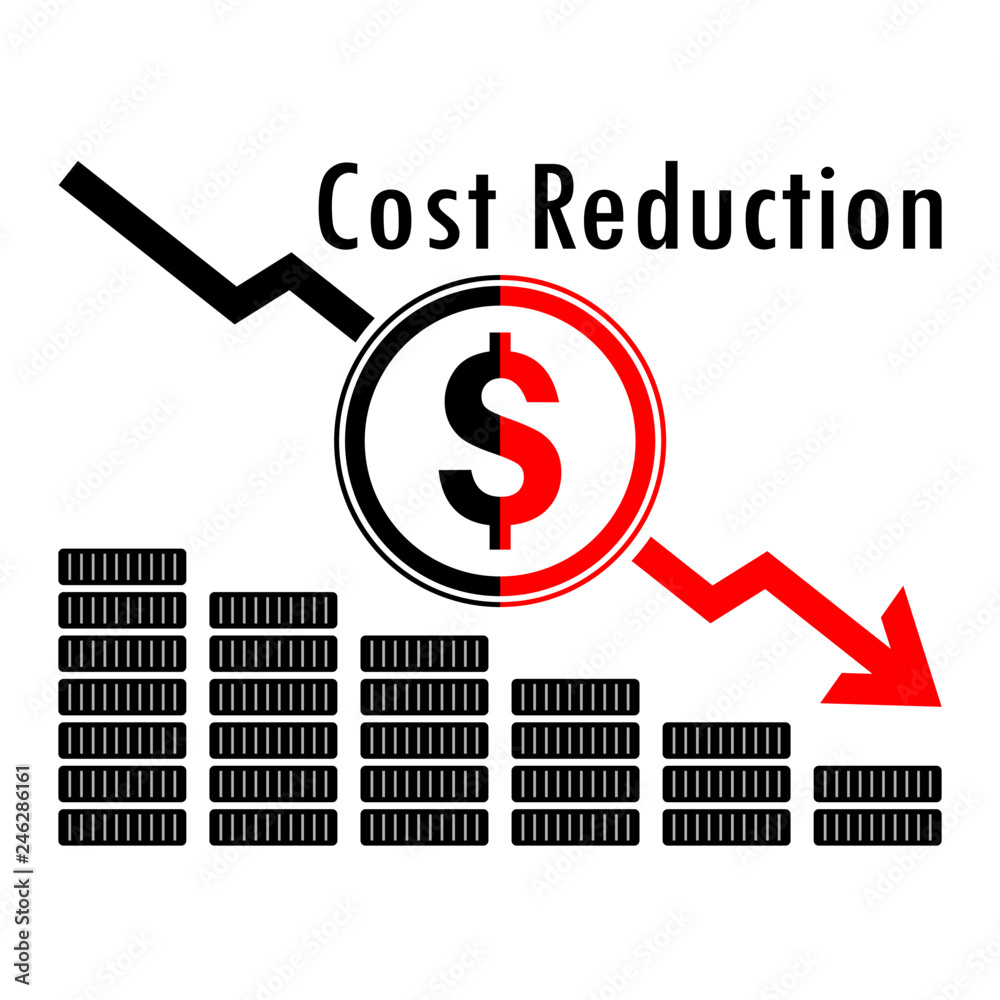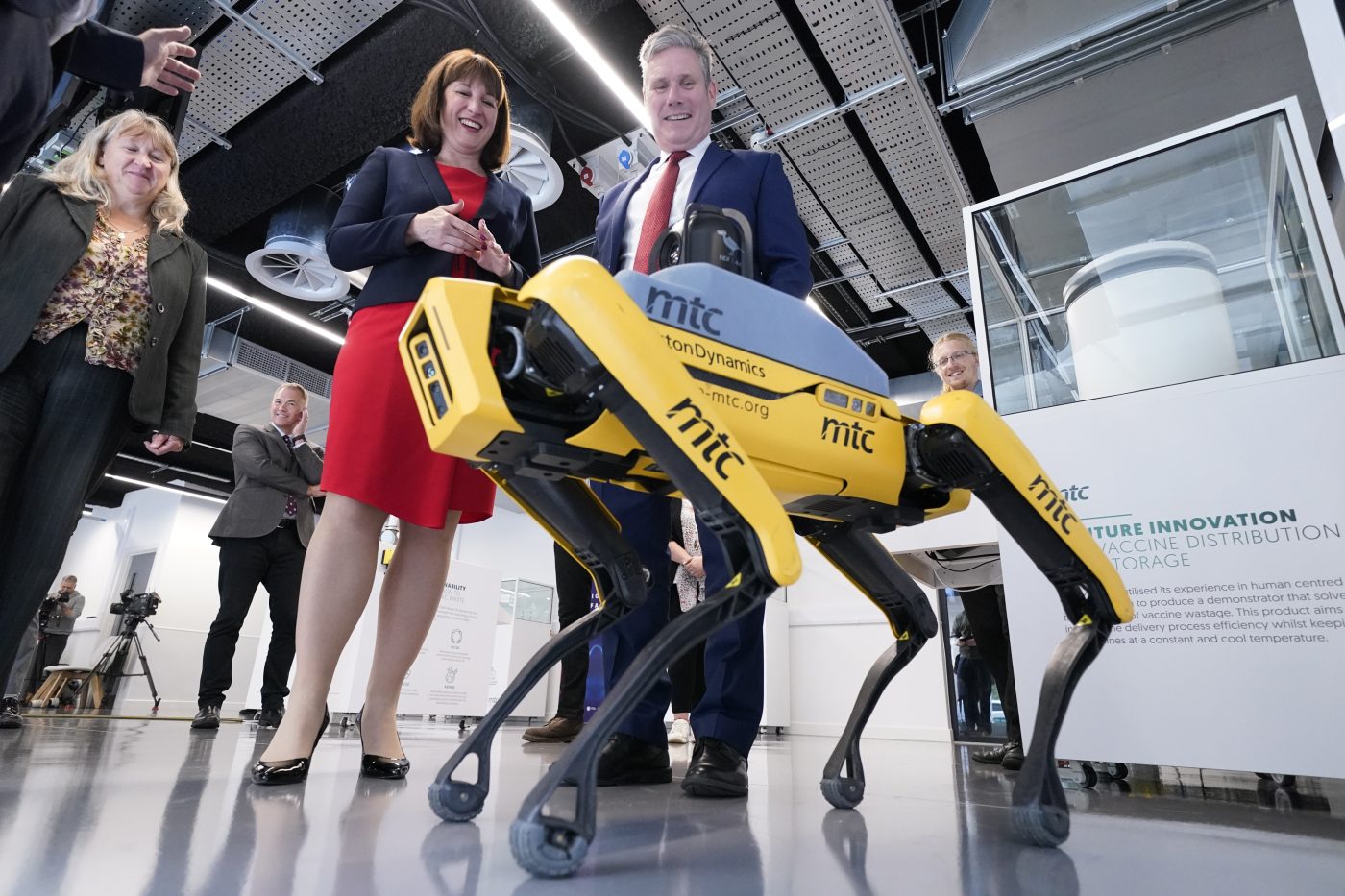
The Use of the Cloud in PACS Applications
Once clouds prove they can address the needs of everyone in a cost-effective manner, the industry will see the cloud become almost universally adopted.
I’ve looked at clouds from both sides now, from up and down and still somehow, it’s cloud illusions I recall, I really don’t know clouds at all.
Almost 60 years and literally hundreds of articles on the topic of the cloud later, truer words were never spoken (or sung). Everyone and no one seems to be an expert on the cloud with opinions on what it is and how it works (or should work) all over the board.
Three Approaches to the Cloud
Nearly all picture archiving and communication systems (PACS) claim to be in the cloud, whether cloud-native, cloud-based or cloud-enabled. Cloud-native is born in the cloud. The applications are designed to run in a public cloud like Amazon, Microsoft and Google offer. These cloud technologies allow for accessibility and scalability, and allow developers to continue to deliver new applications more quickly and easily.
 The cloud-native approach provides more advanced security, optimized storage, efficient testing, robust disaster recovery, and high performance.
The cloud-native approach provides more advanced security, optimized storage, efficient testing, robust disaster recovery, and high performance.
Cloud-based technology forms the middle ground between cloud-native and cloud-enabled approaches. These are used when a provider wants to leverage some of the capabilities of the cloud such as higher availability and scalability, but doesn’t want to completely redesign the application to use cloud services. Moving an in-house web application to cloud servers allows a vendor to have a “cloud-based” application.
Cloud-enabled usually refers to applications built traditionally and then migrated to the cloud. This is what the majority of existing PACS are. The original design of these applications follows a monolithic approach and relies on local resources and hardware. It rewrites the existing code in order to improve its readability, reusability or structure without affecting its meaning, utilizing virtual resources while keeping the underlying architecture unchanged. The application cannot take advantage of shared services or resource pools as easily as cloud-native and, as a result, cannot provide the scalability and resiliency of other cloud applications.
Ensuring Data Protection
Concerns about data security and HIPAA compliance have made a 360 turn in the past few years. Many providers shied away from cloud over the past decade, then embraced it slowly looking more closely at how the cloud could actually enhance cybersecurity. It used to be having a business associate agreement (BAA) in place was sufficient to cover the facility from penalties associated with a breach.
 The need for high-powered servers for processing much of the AI data often dictates that it be done in the cloud.
The need for high-powered servers for processing much of the AI data often dictates that it be done in the cloud.
The need for high-powered servers for processing much of the AI data often dictates that it be done in the cloud. Having a PACS in the cloud along with AI allows current and prior data to be matched up, sent to the AI server, have the data processed, then sent back to the radiologist for interpretation. Because of the processing power required to process the data in an AI application, the cost for a dedicated on-site AI server is often prohibitive.
Making Every Dime Count
Choosing a PACS vendor’s cloud solution is more involved than just picking which approach you select. Some vendors support all three of the major cloud providers, while others have a relationship with just one. Some perform the data migration internally, while others use third-party solutions. Some use proprietary hardware at the workstation level while others use commercial off the shelf (COTS) hardware.
 Moving to the cloud can reduce the amount of required system support and show significant cost savings over a five- or seven-year return on investment (ROI) period.
Moving to the cloud can reduce the amount of required system support and show significant cost savings over a five- or seven-year return on investment (ROI) period.
Radiology is a game of volume and seconds. If you can shave 10 seconds off an interpretation through faster display times, implementing a better workflow, using AI, or any other means, that benefits the radiologist and facility that significantly reduce the return on investment (ROI). And the bottom line with anything being used from a technology standpoint is “Will it make me money or save me money?” Improving patient care matters but not at the expense of either the facility or radiologists.















